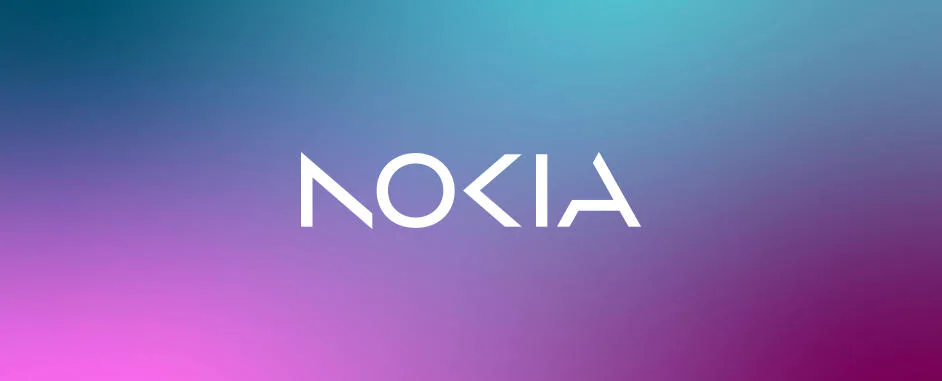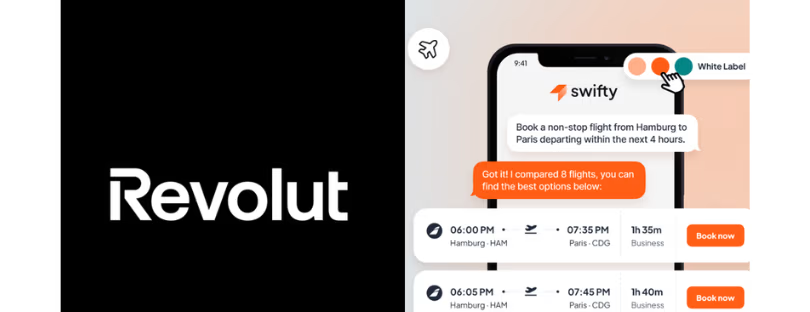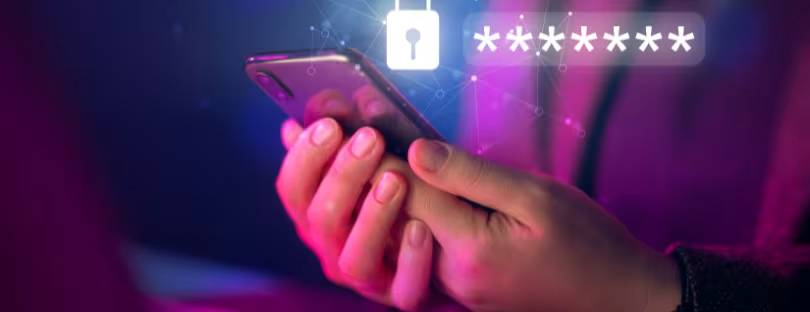
The Evolution of Nokia
Nokia, the Finnish multinational telecommunications company, was once a titan in the mobile phone industry. It was a household name, known for its durability and reliability. However, as the years went on, the company began to lose its footing and was eventually acquired by Microsoft in 2014. nokia logo
In this article, we’ll take a look back at the evolution of Nokia and its impact on mobile technology.
From Paper Mills to Mobile Phones
Nokia was founded in 1865 as a paper mill in Tampere, Finland. It wasn’t until the 1960s that the company started focusing on electronics, including radio and television sets. In the early 1980s, Nokia developed its first digital telephone exchange, which paved the way for its eventual entry into the mobile phone market.
The Rise of Nokia Mobile Phones
Nokia’s first handheld mobile phone was the Mobira Talkman, launched in 1984. Its price was approximately €4,560 (in today’s money).
In 1987, Nokia released its new mobile phone, the Mobira Cityman 900. It was a bulky device by today’s standards, weighing 800 grams, but it was revolutionary at the time. Nokia continued to innovate and release new models, including the iconic Nokia 3210, which was released in 1999 and became one of the best-selling mobile phones of all time.
In May 2007, Nokia’s 1100 handset was the best-selling mobile phone of all time and the world’s top-selling consumer electronics product.
One of Nokia’s biggest strengths was its focus on durability and reliability. Its phones were built to last, with long battery life and sturdy construction. Nokia also had a reputation for creating phones with excellent call quality and reception, which made it a popular choice for business users.
The Era of Smartphones
Despite its success in the mobile phone market, Nokia struggled to keep up with the rise of smartphones. The company was slow to adopt touchscreens and app stores, which put it at a disadvantage compared to competitors like Apple and Samsung.
In 2011, Nokia partnered with Microsoft to create phones running on the Windows Phone operating system. While the phones received positive reviews, they failed to gain much traction in the market. In 2014, Microsoft acquired Nokia’s mobile phone business, effectively bringing an end to the Nokia brand in the mobile phone market.
Nokia’s Impact on Mobile Technology
Despite its struggles in the smartphone era, Nokia’s impact on mobile technology cannot be understated. Nokia was a pioneer in mobile phone technology, introducing features like SMS messaging and the first mobile phone with an internal antenna.
Nokia also played a key role in the development of mobile networks. The company was one of the first to introduce GSM technology, which became the dominant standard for mobile networks around the world.
Nokia’s focus on durability and reliability also had a lasting impact on the mobile phone market. While many modern smartphones are sleek and fragile, there is still a demand for durable, long-lasting phones, especially in emerging markets where replacement costs can be prohibitive.
Nokia changed their logo in February 2023 nokia logo
The Future of Nokia nokia logo
While Nokia may no longer be a major player in the mobile phone market, the company is still active in other areas of telecommunications. Nokia is a major player in the development of 5G technology, which promises to revolutionize mobile networks with faster speeds and lower latency.
Nokia’s 5G ‘Future X’ network architecture includes: 5G RAN, ‘anyhaul’ transport, and 5G Cloud Packet Core (CPC) solutions designed to lower total cost of ownership (TCO) through automation and machine learning. CPC deploys cloud and web technologies while leveraging its prior packet core knowledge base to deliver a choice of deployment options. Nokia’s approach to 5G transport starts with 10GbE site connectivity as a standard and implements SDN and virtualisation across the board.
According to GlobalData’s thematic research report, 5G, leading adopters include: Nokia, Ericsson, Rakuten, Parallel Wireless, Mavenir, ASOCS, RadiSys, Concentrix, Qualcomm, CSG Systems, Samsung Electronics and Huawei.
Nokia is also active in the development of smart cities and the Internet of Things (IoT). The company has developed a range of products and services aimed at helping cities and businesses use technology to become more efficient and sustainable.
In conclusion, Nokia’s impact on mobile technology cannot be understated. The company was a pioneer in the mobile phone market, introducing features and technologies that are still in use today. While Nokia may no longer be a major player in the mobile phone market, its legacy lives on in the durable, reliable phones it produced and the technologies it helped to develop.












